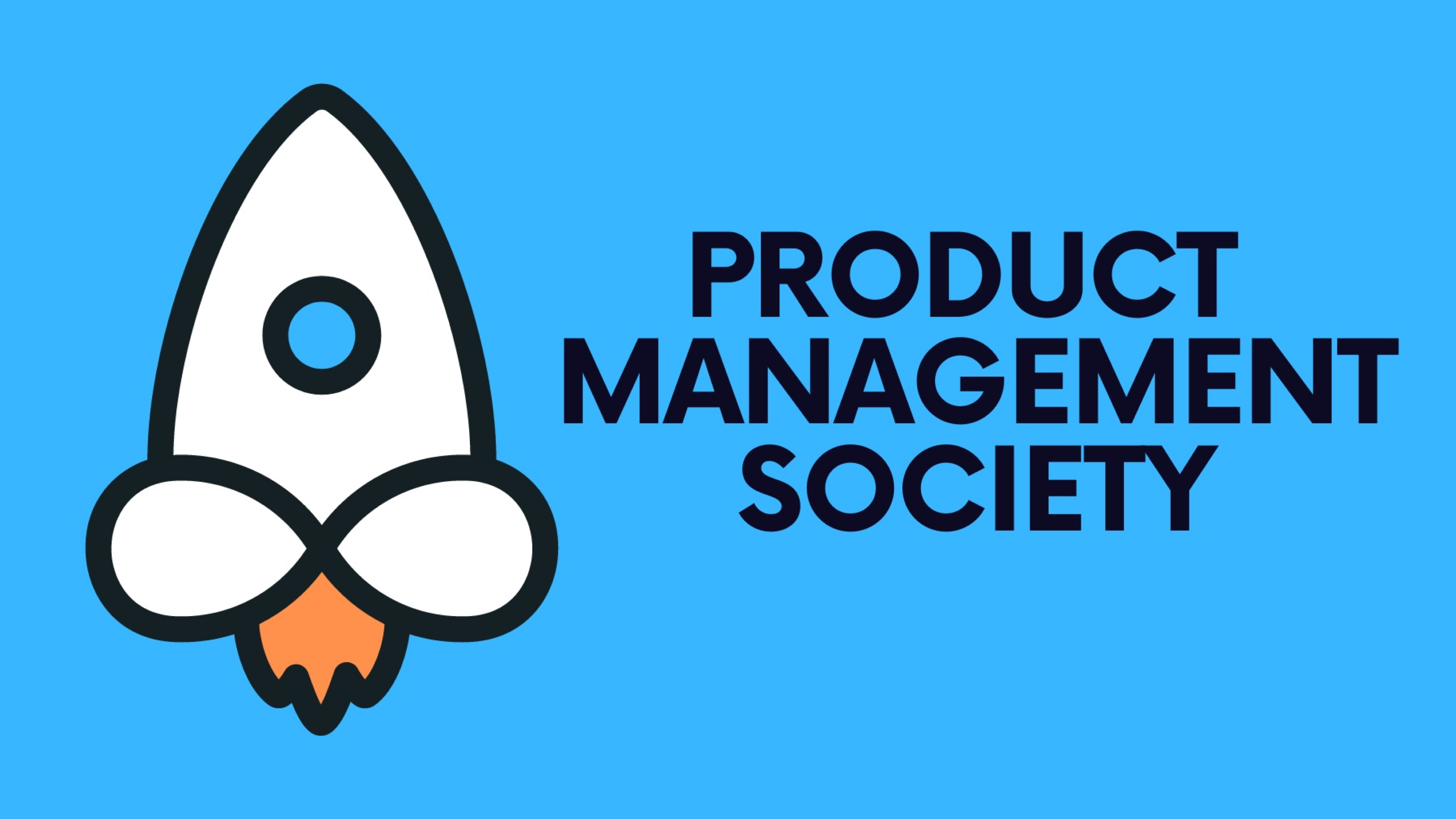Stemming from Lean Manufacturing principles, LPD is increasingly being adopted by product managers across various industries to enhance productivity and innovation. This article explores the key concepts of Lean Product Development and how they can be applied to maximize efficiency in product management.
Understanding Lean Product Development
Lean Product Development is rooted in the principles of Lean Thinking, which aim to maximize customer value while minimizing waste. In the context of product development, waste refers to any activity that does not directly contribute to the final value of the product, such as unnecessary features, delays in the development process, and misallocated resources.
Thanks for reading Product Management Society! Subscribe for free to receive new weekly posts 🚀
1. Key Principles of Lean Product Development
- Eliminate Waste: Streamline the development process by removing any steps that do not add value to the end product.
- Build Quality In: Integrate quality control processes to prevent defects and reduce the need for revisions.
- Create Knowledge: Promote a culture of continuous learning and knowledge sharing among team members.
- Defer Commitment: Keep options open as long as feasible to make better decisions based on more complete information.
- Deliver Fast: Accelerate time to market by focusing on the most critical features and reducing cycle times.
- Respect People: Foster a collaborative environment where every team member’s contribution is valued.
- Optimize the Whole: Focus on the entire value stream, from concept to delivery, to ensure that all elements are aligned and contributing to the product’s success.
2. Applying LPD to Product Management
Implementing LPD principles in product management involves a strategic shift towards value-driven development. Here's how product managers can apply these principles:
- Value Stream Mapping: Identify and map out all the steps involved in the development process, highlighting where value is added and where waste occurs.
- Continuous Improvement (Kaizen): Implement a cycle of continuous improvement to refine processes, enhance efficiency, and reduce waste.
- Pull Systems: Instead of pushing work based on forecasts, use pull systems that respond to actual demand, ensuring that work is done just in time.
- Empower Teams: Empower development teams to make decisions and take action based on their direct understanding of customer needs and project requirements.
3. Benefits of Lean Product Development
Adopting LPD can lead to significant benefits, including:
- Increased Efficiency: By eliminating waste and focusing on value-added activities, teams can deliver products faster and at a lower cost.
- Improved Product Quality: Early and continuous quality assurance processes help identify and fix issues sooner, leading to higher-quality products.
- Enhanced Customer Satisfaction: A focus on delivering value to the customer ensures that products meet or exceed customer expectations.
- Greater Team Engagement: Empowering teams and respecting their contributions leads to higher morale and better team performance.
Recommended Reading
Conclusion
Lean Product Development offers a powerful framework for maximizing efficiency and value in product development. By adopting LPD principles, product managers can lead their teams to deliver high-quality products more quickly and efficiently while continuously adapting to customer needs and market changes. As the product development landscape evolves, the lean approach remains a critical tool for achieving excellence in product management.
Stay tuned for our next article, "Building Customer-Centric Products: A How-To Guide," where we'll explore strategies for ensuring your product development processes align with customer needs and expectations.
If you’re finding this newsletter valuable, consider sharing it with friends, or subscribing if you aren’t already. Also, consider coming to one of our Meetups and following us on LinkedIn ✨
Thanks for reading Product Management Society! Subscribe for free to receive new weekly posts 🚀







